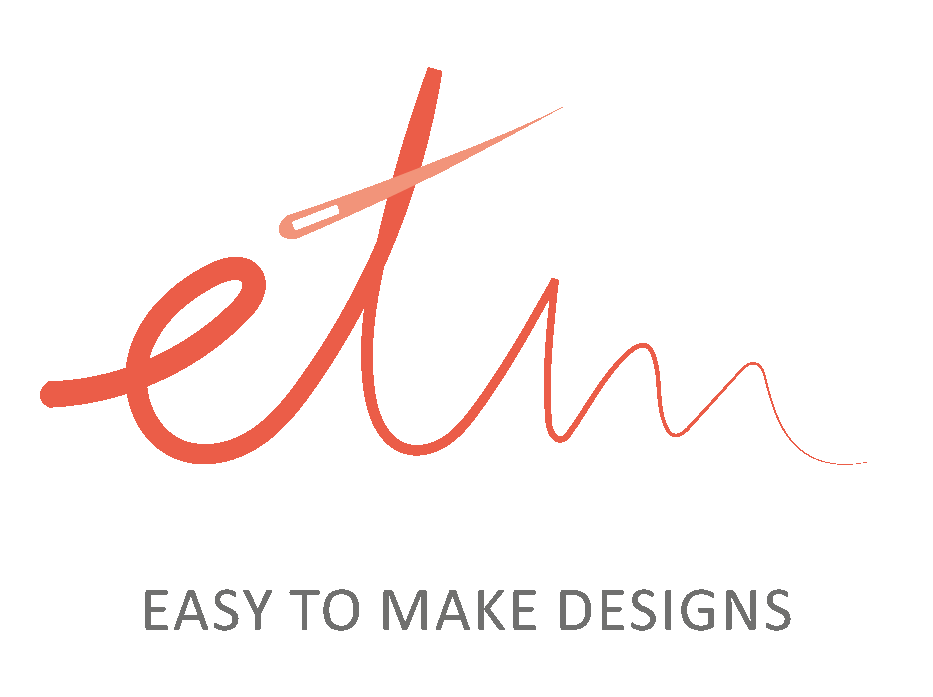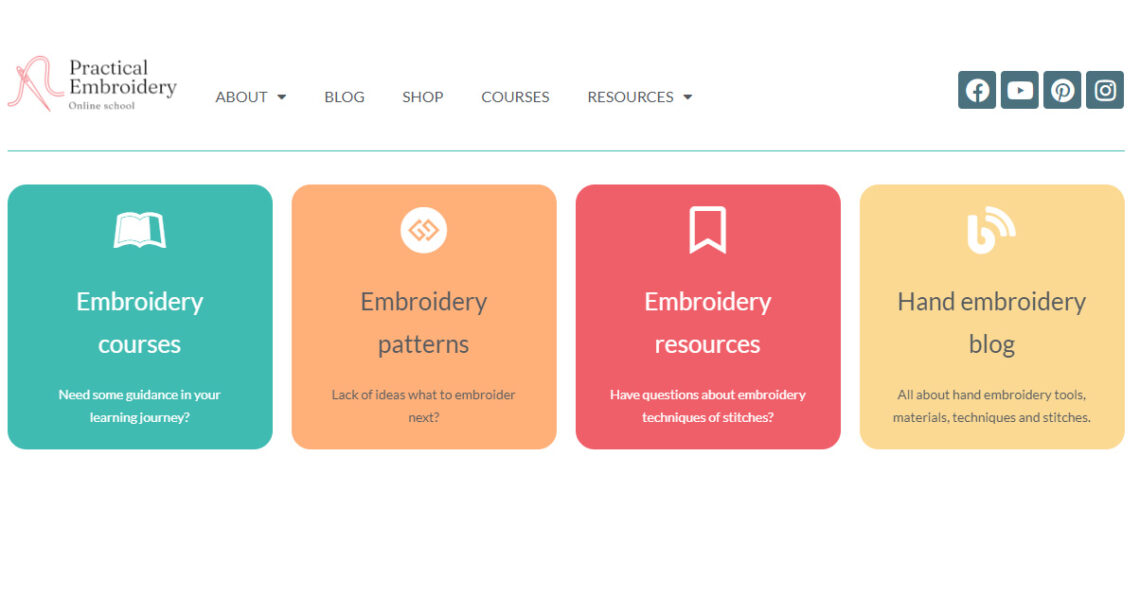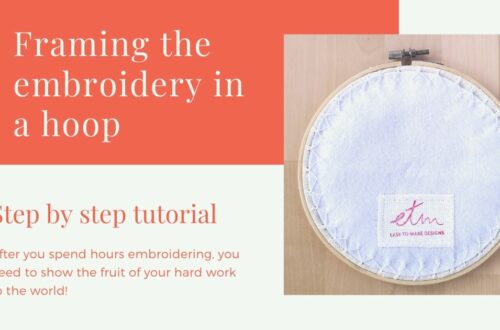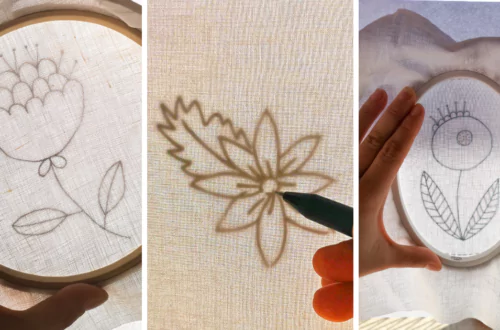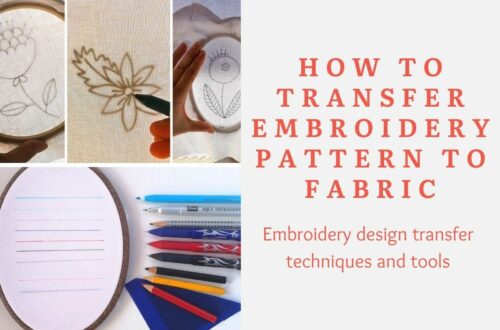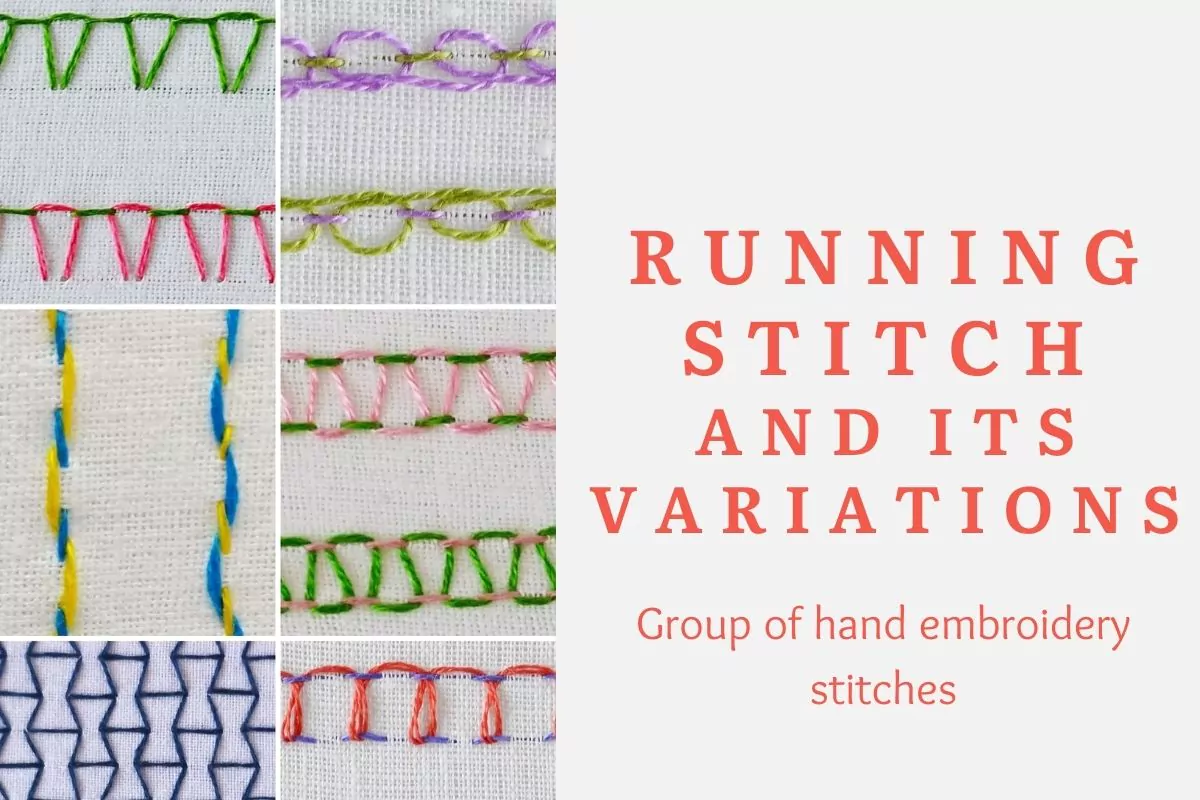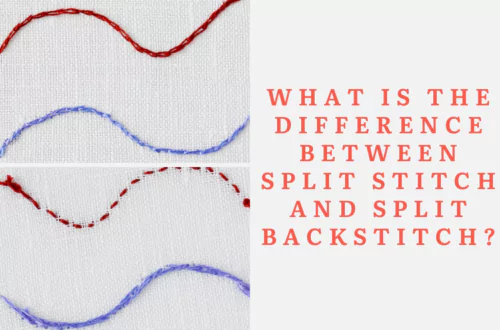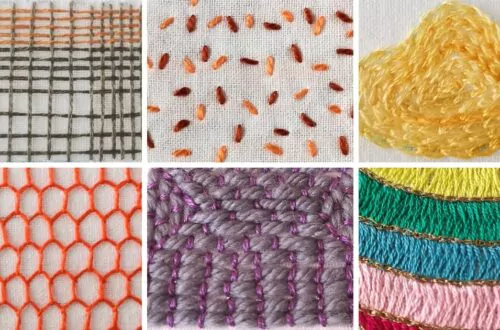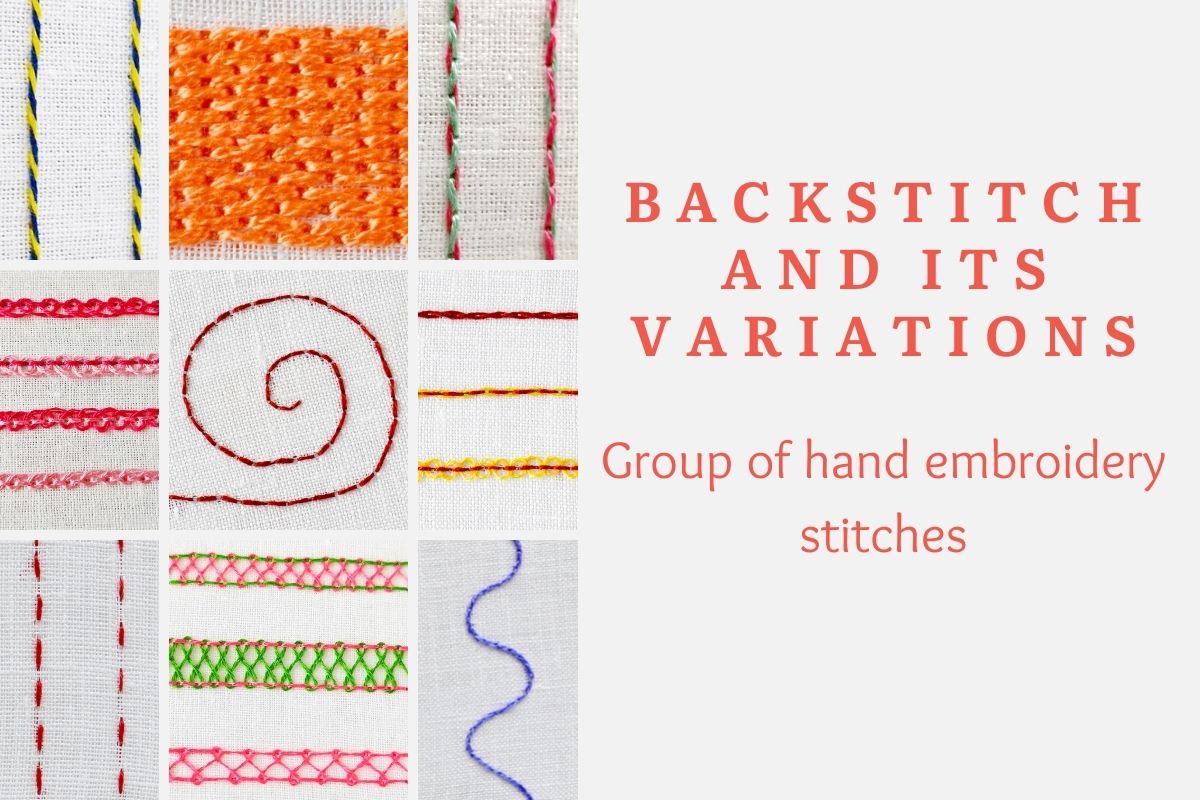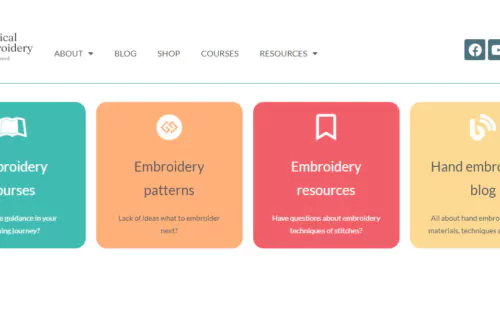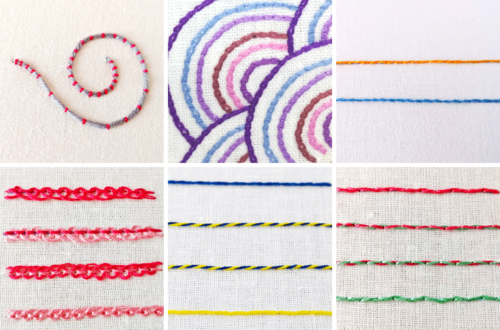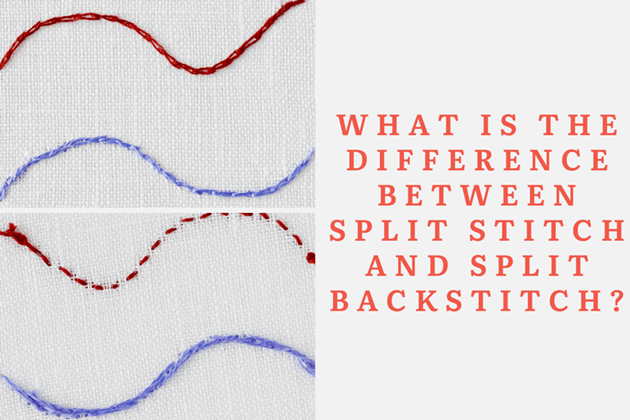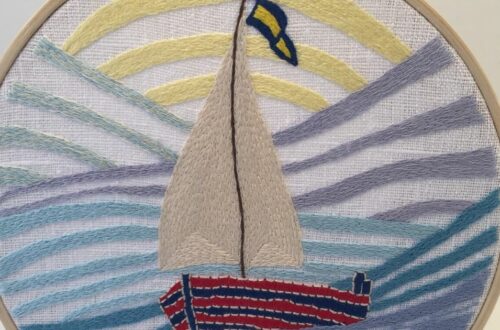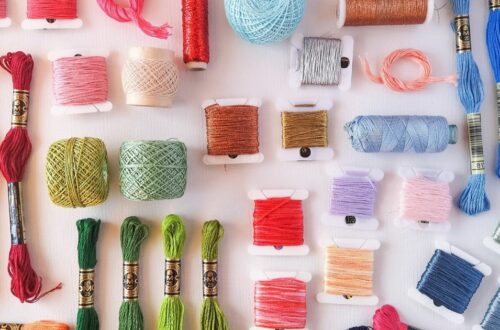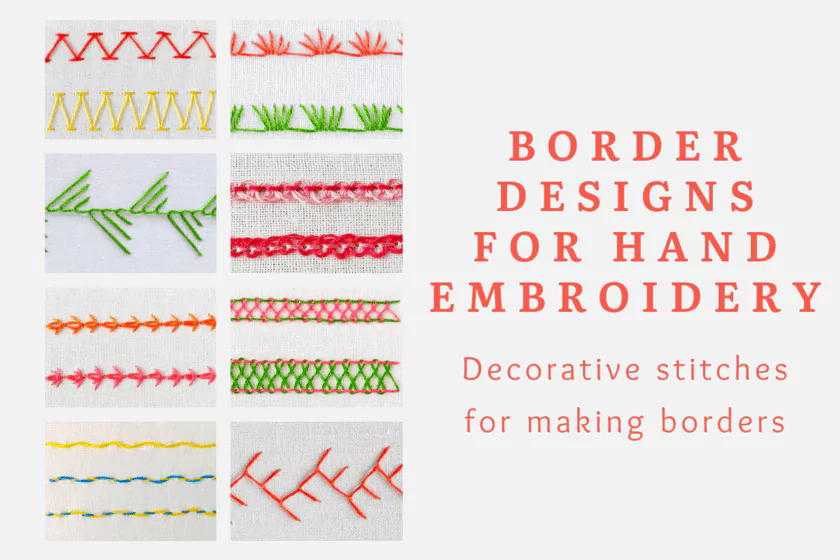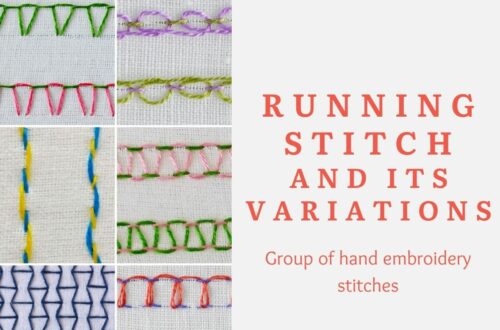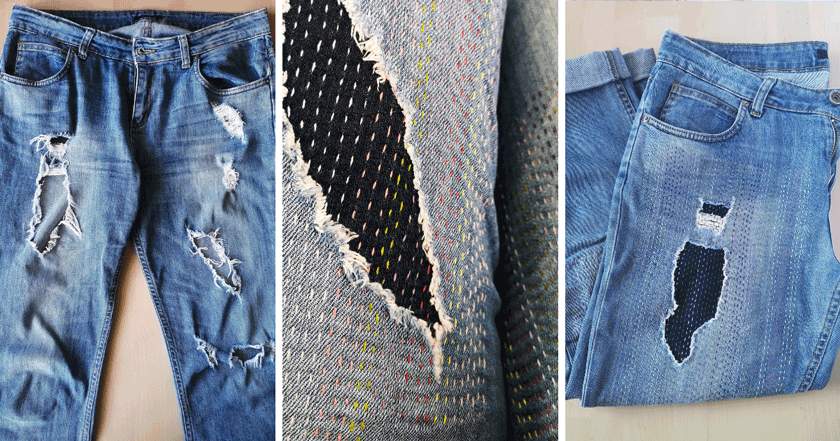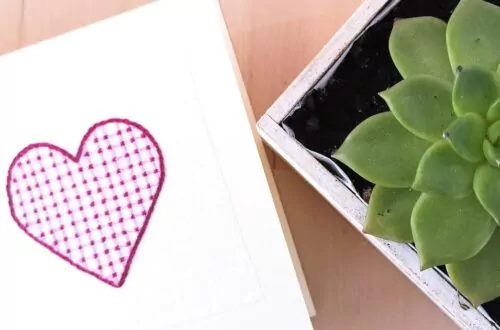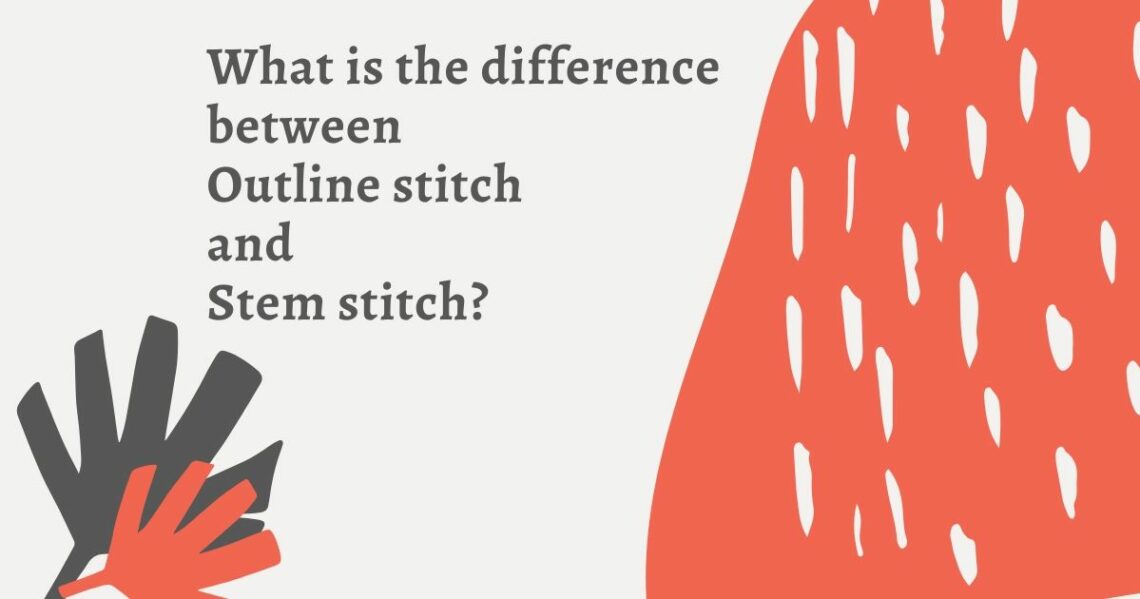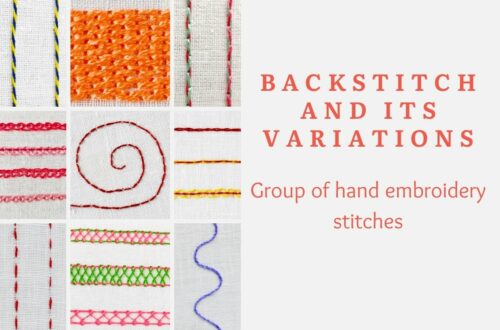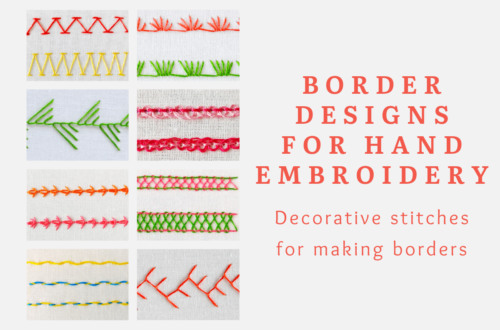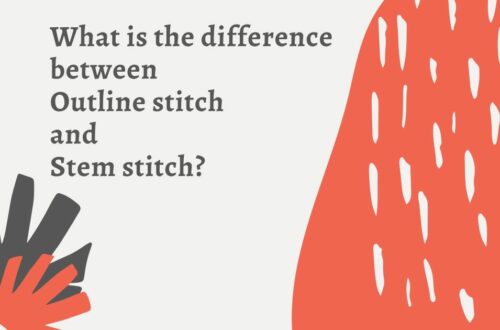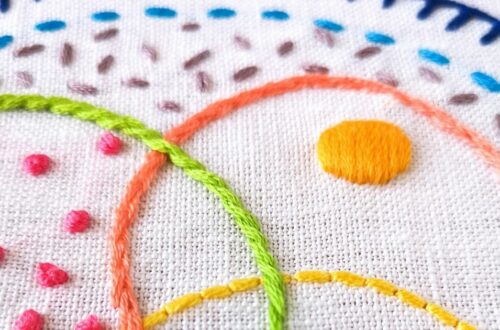Embroidery stitches
All the embroidery stitches you need to know. Detailed tutorials and tips on how to master both basic and advanced stitches, from backstitch to satin stitch.
- Embroidery tips, DIY Tutorials, Embroidery patterns, Embroidery stitches, Home decor and gifts, Tools and materials
Easy To Make Designs is moving. Find new embroidery tutorials and articles on the Practical Embroidery Blog
Practical Embroidery online school is dedicated to hand embroidery and its practical application Practical Embroidery online school exists to teach hand embroidery techniques and application. Embroidery skills empower us to take care of our clothes, homes, and emotional health with simple stitches. This web page offers a range of online courses, workshops, downloadable patterns, video tutorials, and embroidery kits. Practical Embroidery online school is dedicated to sharing information about hand embroidery stitches and techniques. You will find a lot of free bite-sized hand embroidery lessons, tips, and tutorials here. Stitch library A-Z The list of hand embroidery stitches and techniques is grouped by alphabet names. Click on the title, and you will find…
-
Running stitch and its variations
Group of hand embroidery stitches. Running stitch and its variations. I guess every sewist or embroiderer knows the running stitch. It’s one of the first stitches we learn, right? Also, it’s one of the stitches that we use a lot. For example, we can use a running stitch for outlines, borders, or lettering in hand embroidery. Besides that, a simple running stitch is a base for some more complex composite stitches. But that’s not all. Running stitch is excellent for mending clothes or basting. And also, it’s indispensable in hand quilting. You will find a list of running stitch variations below. In addition, there is a link to a video…
-
Backstitch and its variations
Group of hand embroidery stitches. Backstitch and its variations. In this article, I would like to look closer at one group of hand embroidery stitches – a backstitch and its variations. Backstitch is one of the basic hand embroidery stitches everyone should know. It is great for outlines, lettering, borders, and tiny details. In modern hand embroidery, we use this basic stitch a lot. There are many variations of the backstitch. Also, the backstitch is often a base stitch of the composite stitches. You will find a list of backstitch variations below. In every stitch description, there is a link to a video tutorial where I demonstrate how to embroider…
-
What is the difference between Split stitch and Split Backstitch?
Often, people call both stitches a split stitch, but you should know that a split stitch and split backstitch are actually different stitches. Both stitches are great for outlines and lettering and work excellent on straight and curved lines. So, what is the difference? The differences are: Embroidery method. In a split stitch, we split the previous stitch from below and in a split backstitch – from above. Visually, a split stitch has more volume and texture and looks thicker and sturdier. While split back stitch lies flatter on the fabric. Thread consumption. Split backstitch will consume more floss than a regular split stitch. It might not be a big…
-
Border designs for hand embroidery
Decorative stitches for making borders There are many types of hand embroidery stitches that we use in modern embroidery. Some are best for outlines, some for filling, some for lettering, and some – for border designs. The border design is a pattern that runs lengthwise along the edge of the fabric or a garment. Usually, we use border designs to decorate clothes and tableware. It is common to use border designs in quilting too. In this article, I listed hand embroidery stitches that you can choose from for creating beautiful border designs. Each link in this blog post will lead you to a detailed description of the stitch and a…
-
Best embroidery stitches for outlines
According to the dictionary, the outline is a line or set of lines enclosing or indicating the shape of an object in a sketch or diagram. In hand embroidery, the outline is a set of stitches that indicate the shape of an object or design. In this article, I listed some best hand embroidery stitches for outlines. Let’s see them all. Note: If you click the colored link on the stitch’s name, you will find a video tutorial of that stitch! Watch them and learn the outline stitches you like. Running stitch The running stitch or straight stitch is the basic stitch of hand embroidery, on which all other forms…
-
Repairing jeans. How to mend holes in jeans with Visible mending using the running stitch
Let's be honest, it's not so easy to find a pair of jeans that are comfortable, beautiful, and that you like to wear over and over again. But when you own them, they become your second skin. Unfortunately, there are no eternal jeans. Tears, holes, and worn out fabric are common problems of heavily worn clothes, and your favorite jeans are no exception. Where are many ways to mend your jeans - from professional tailor to specialty denim repair service, from invisible mending to patches, from iron-on appliques to embellishments with sequins, and so on. In this Tutorial, I want to share my favorite way of mending jeans - visible…
-
What is the difference between Outline stitch and Stem stitch?
For many years I didn’t know that these two are different stitches 😂 Outline stitch and Stem stitch are two names that we often use interchangeably. Also, they look very similar. But they aren’t the same thing. The main difference – the position of the working thread while making the embroidery. As you work Outline stitch from left to right, always keep the working thread above the line of stitching. And when you embroider a Stem stitch from left to right, keep the working thread under the stitching line. The other difference that you may notice – the direction in which the “rope” of the stitch is twisted. For this…
-
Hand embroidery Filling stitches 2
Hand embroidery stitches for filling areas Filling stitch is a term for surface stitches that are used to fill in specific parts of a design or the area around a design. Part of the filling stitches will cover the fabric thoroughly, others will show a bit of the background fabric, and some will only put small accents to the surface. In the first article, “Filling stitches – Part 1”, I wrote about: Satin stitch, Otomi stitch, Couching stitch filling, French knot, Seed stitch, Long and short stitch, Weave stitch (weaving stitch), Chain stitch filling, Blanket stitch filling, and Honeycomb filling. But there are many more filling stitches that you can use in your hand embroidery. Let’s add some more filling stitches…
-
Hand embroidery Filling stitches 1
Hand embroidery stitches for filling areas Filling stitch is a term for surface stitches that are used to fill in specific parts of a design or the area around an object. Part of the filling stitches will cover the fabric thoroughly, others will show a bit of the background fabric, and some will only put small accents to the surface. Many stitches can be used for filling, including Satin stitch, cross-stitch, french knots, and seed stitch. In 2019 I took a #100dayschallenge (#100daysofstitches) and learned a lot of new stitches. In this post, I would like to share with you some of the filling stitches that I’ve learned and enjoyed the most. I…
